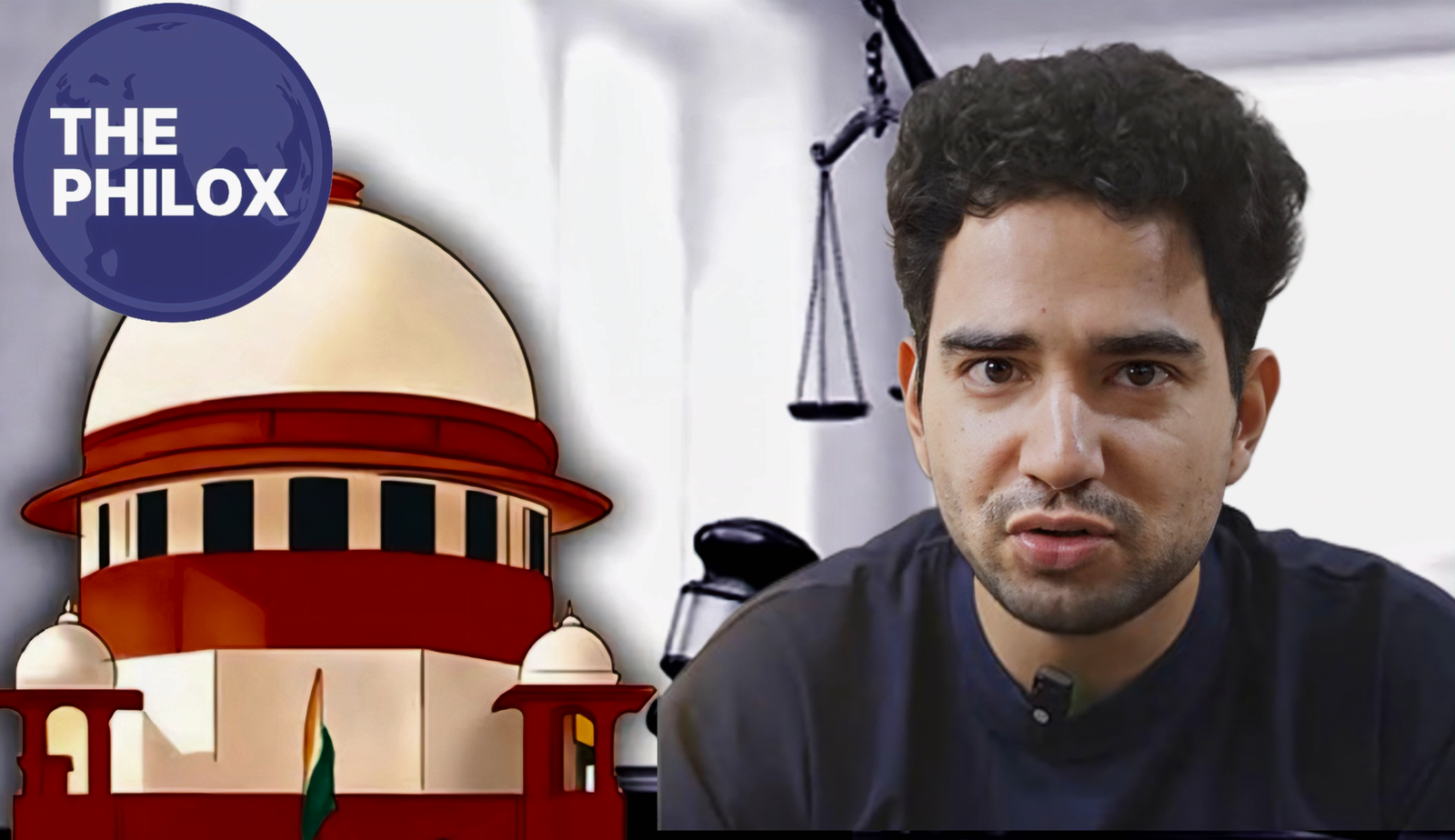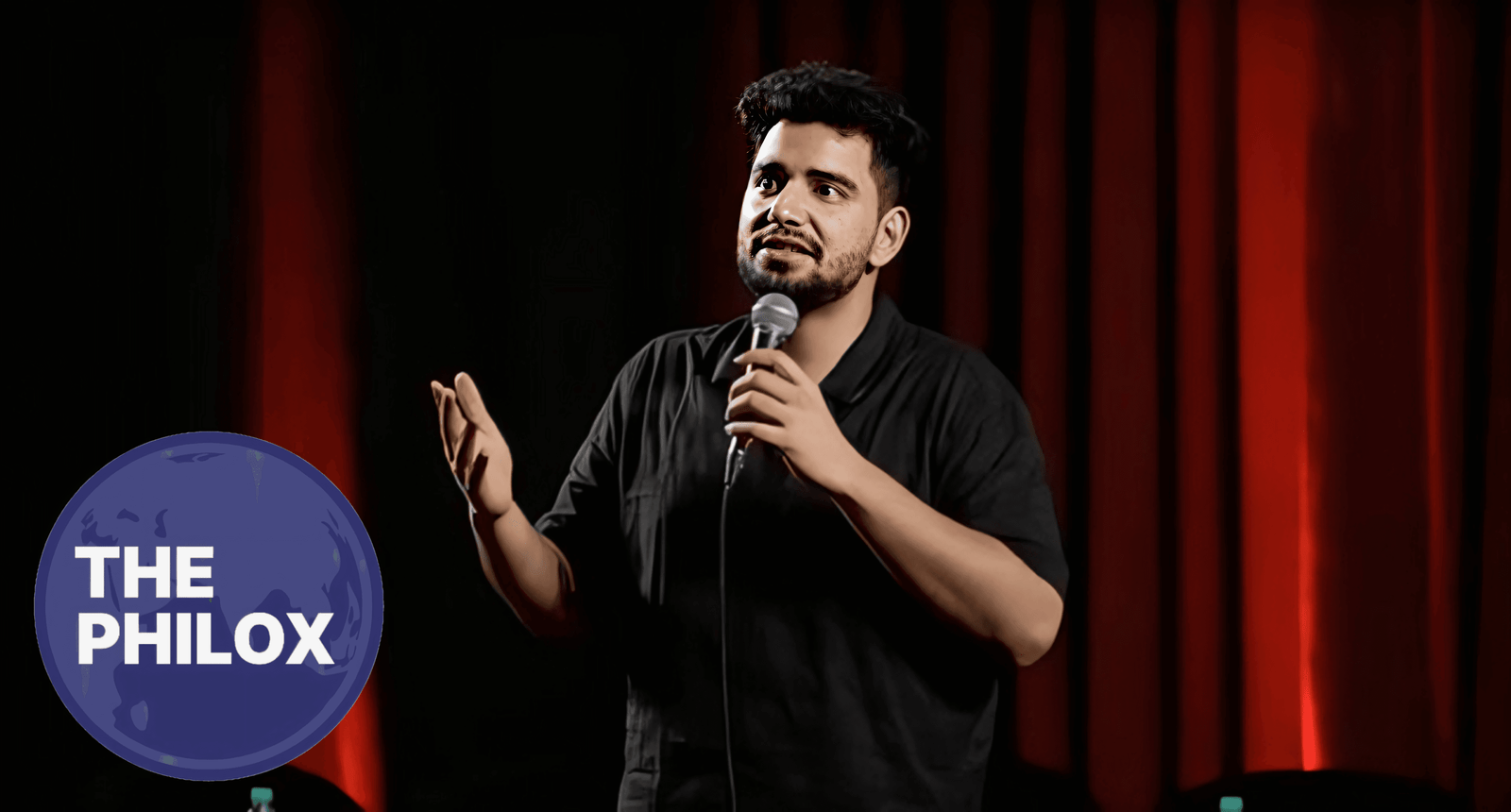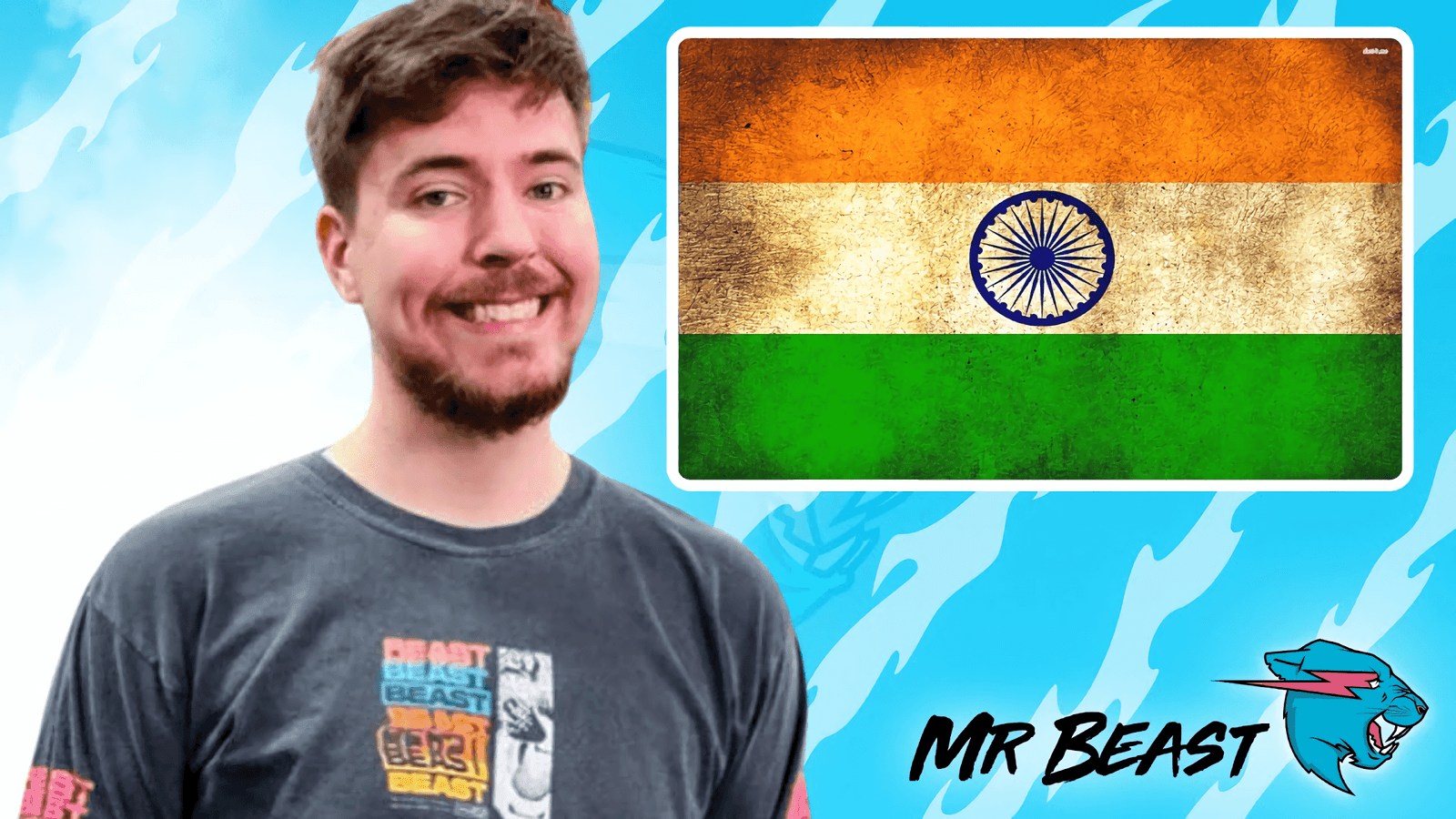
A Joke That Caused Legal Trouble to Start Out
On the renowned television talent program India’s Got Latent, Samay Raina, a well-known stand-up comedian and digital content developer, has been accused of uttering rude remarks that reportedly insulted persons with disabilities. These remarks are said to have been expressed during the event. Following the widespread dissemination of a video clip from the broadcast on various social media platforms, what was initially a normal appearance on the show has rapidly become a contentious issue on a national scale.
The remark that Samay made during the contentious part was regarded by a number of viewers as being inappropriate toward people who have mental and physical disability. Numerous viewers, activists, and non-governmental organizations (NGOs) voiced their disapproval of the comedian’s use of handicap as a subject of humor, which resulted in a rapid and broad backlash.
As a result of the indignation, a public interest litigation was eventually launched in the Supreme Court of India. The petitioners said that the comment was not only indecent but also discriminatory and violated the rights of the community of people in India who had varied abilities.
Outrage and Reactions from the Public
The reaction from the general population was robust and nearly instantaneous. A number of public celebrities, as well as activists for disability rights and advocates for social justice, expressed their disgust publicly on the internet. It has been noted by a number of individuals that the use of comedy should never be at the expense of insulting disadvantaged or marginalized communities. Across many social media sites, hashtags such as #RespectDisability and #BoycottInsensitiveComedy started dominating the conversation.
The argument put up by advocates for the disabled population was that jokes of this nature further stigmatize individuals who already face a multitude of difficulties in their day-to-day lives. They stressed that prominent individuals, such as comedians, have a responsibility to ensure that the content they produce does not promote discrimination or mockery toward any particular group.
On social media, a large number of people shared their personal stories of living with impairments, and they urged comedians and creators to reconsider their statements before making them. The focus of the larger discussion was on the ways in which comedy needs to develop in order to become more thoughtful and inclusive.
To Hear the Case Before the Supreme Court
Considering that the case involving the public interest is currently before the Supreme Court, the legal proceedings have officially started. The person who submitted the petition said that Samay Raina’s remarks were in violation of the spirit of India’s Constitution, including the rights connected to dignity and equality for all people, including those who have impairments.
It has been reported that the Supreme Court has consented to hear the case and has sent a summons to Samay Raina to appear in court. Due to the fact that it raises significant problems regarding the relationship between freedom of speech and social responsibility, particularly in the entertainment industry, this case is likely to become a milestone.
The conclusion of this case, according to the opinions of legal experts, has the potential to establish a precedent for the manner in which comedians, influencers, and entertainers would approach delicate themes in the future. Despite the fact that the Indian Constitution guarantees the right to free expression, it also specifies clear prohibitions in situations where such communication is harmful to the opinions of the general public or to certain populations.
There is currently no official apology from Samay Raina.
Samay Raina has not yet given a public apology that is comprehensive or an official reaction to the legal action that has been taken against her. Despite the fact that he did publish a brief statement on social media in which he stated that his objectives were never to cause harm to anyone and that he respects all communities, many critics believe that this is not sufficient.
An additional factor that has contributed to the fury is the absence of a clear apology. Many people believe that admitting that one has made a mistake is the first step toward healing and growth. It has been argued by activists that they are not looking for punishment, but rather accountability and a change in conduct if they are successful.
There have been a few other comedians who have come to Samay’s defense, stating that the joke might have been misunderstood and that comedy as an art form frequently walks a fine line. Other members of the comedy community, on the other hand, have advocated for content that is more responsible and inclusive. They have acknowledged that the standards of society are shifting, and that artists need to adjust their performances appropriately.
The More Comprehensive Discussion: Freedom of Expression vs Responsibility

A discussion on the limits of freedom of expression in comedy has been generated as a result of the occurrence, which is something much needed. Despite the fact that comedy has traditionally been used as a tool to question norms and provoke discussion, the rules are constantly being changed as a result of the increased desire for sensitivity and inclusivity.
It has been argued by critics that certain comedians use the right to free speech as a shield to evade accountability for content that is damaging. Those who advocate for the freedom of the arts, on the other hand, argue that comedians should be given the opportunity to express themselves, explore their creativity, and even insult others, provided that they do not intend to do so.
In this particular instance, the fact that the joke is being brought before the highest court in the nation is evidence of how extremely serious the matter has gotten. The answer of the Supreme Court is likely to have an impact on the manner in which comedians of the future tackle contentious subjects.
Additionally, a Television Show Is Being Examined
Despite the fact that Samay Raina is at the center of the debate, the producers and developers of India’s Got Latent are also being criticized for their work. Activists and viewers alike have expressed their frustration over the fact that such a part was permitted to run without being detected during the editing process.
There is an increasing number of calls for television channels and streaming platforms to institute more stringent review processes and make certain that every programming is checked for potential insensitivity before it is shown to millions of people.
It has been claimed that the producers of the show have made a statement in which they express remorse for the occurrence and promise to reassess the procedure by which they approve content internally. Critics, on the other hand, argue that additional tangible efforts are required to prevent situations like these from occurring in the future.
Messages from Members of the Accessible Community
It has been brought to the attention of prominent voices from India’s disability rights groups that this occurrence has brought to light the lack of awareness and representation of individuals with disabilities included within mainstream media. They are of the opinion that events of this like demonstrate how little understanding there is of the challenges that the disabled community continues to face.
According to a number of activists, celebrities and influential people should have interactions with members of the handicapped community in order to gain a better understanding of the experiences that disabled people go through. Some people believe that the concept of inclusion is not about being politically correct, but rather about acknowledging the dignity and worth of every single person.
In order to prevent inadvertent harm, a number of activists have also advocated for the implementation of awareness training and workshops for individuals working in the media and entertainment industries.
The legal dispute between Samay Raina and India’s Got Latent is not just a matter of law, but it also represents a significant cultural turning point. The fragile equilibrium that exists between comedy and humanity, as well as between expressiveness and empathy, is brought into sharp relief by this. The Supreme Court of India is getting ready to hear the case, and everyone’s attention is focused on what is going to be a momentous occasion for Indian humor and public conversation.
Whatever the outcome may be, the discourse has already prompted the entertainment industry to engage in the essential reflection that is required. It is possible that this issue will result in a form of humor that is more considerate and courteous in the future. This could be accomplished through the implementation of stricter guidelines, increased education, or open dialogue.








